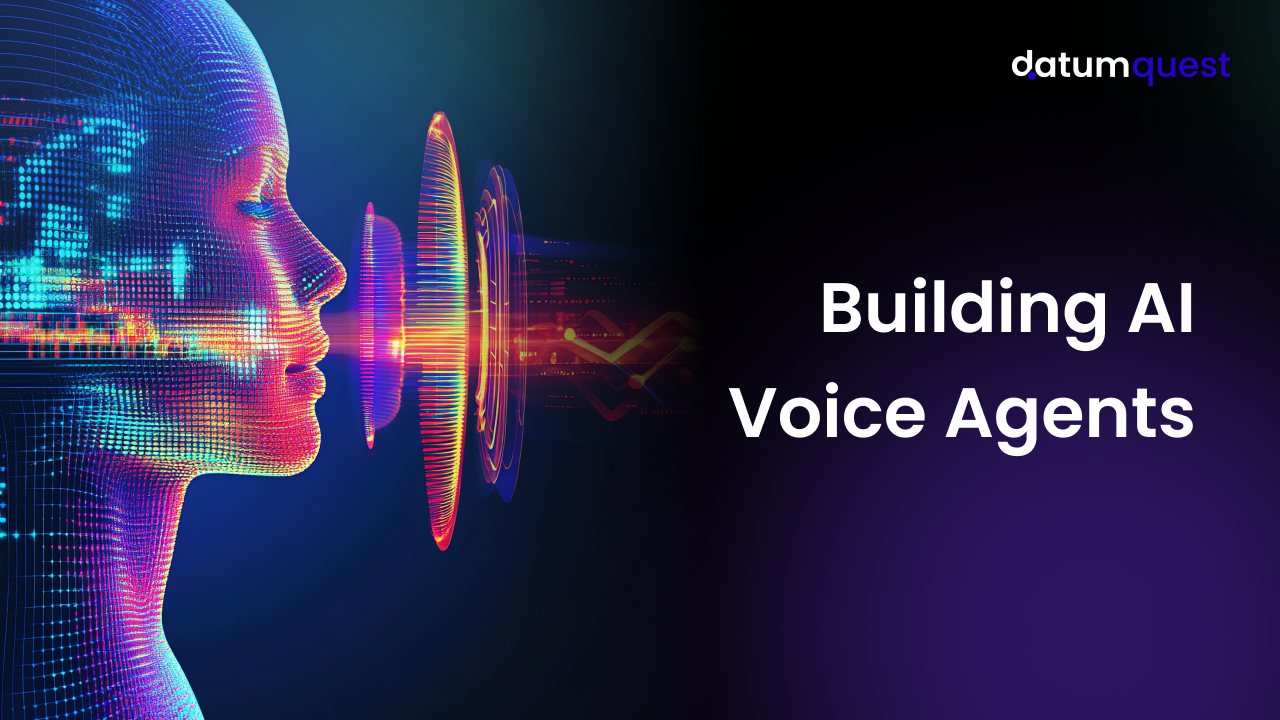" It may speak like a person, but it's built by machines, not emotions. "
Welcome to the battlefield of AI voice agents—where every second of delay can lose a user, and every hallucinated response can destroy trust. It sounds cool on the surface: talk to a machine, get things done. But the reality behind that seamless voice interaction? It’s a maze of automations, workflows, LLM prompts, and UX design stitched together with duct tape and dreams.
We’re going to break down the real challenges in building AI voice agents—and exactly how we solved them. From confusing no-code platforms to rogue hallucinating models, we’ve been in the mud so you don’t have to be.
️ 1. Platforms Like Make, n8n, and Retail Are Powerful but Inadequately documented
Problem: Tools like Make and n8n promise fast automation. But their documentation is either outdated, incomplete, or scattered across forums. That wastes hours.
Our Fix: We created our own internal playbook—documented each working module, tested patterns that consistently worked, and created our own mini-docs so our team doesn’t start from scratch every time.
2. Too Many Functions or Modules, Tough to Manage
Problem: Platforms like Make offer a buffet of modules, but most don’t guide you on what’s efficient. You end up overengineering simple flows.
Our Fix: We standardized a library of reusable Make blueprints—clearly separated logic blocks and kept everything modular to stay lean.
️3. Prompt-Function Design Requires Surgical Precision
Problem: Voice agents don’t allow wiggle room. One vague prompt or slightly mismatched function parameter and your automation silently fails.
Our Fix: We built a prompt-function schema—every prompt has a clear expected outcome, validate JSON structure, and fallback handling for failure cases.
️4. LLM Hallucinations Are Still an Operational Risk
Problem: Give your LLM too much input, and it gets confused or worse makes things up. This destroys trust instantly.
Our Fix: We added pre-prompting guards, filtered data input before passing to the LLM, and embedded sanity-check logic before delivering output to users.
5. Backend Latency = Awkward Silence
Problem: When the agent has to wait on APIs or invoices, it goes silent. That dead air makes users think it’s broken.
Our Fix: We injected dynamic filler responses like “Hang tight, fetching your invoice…” and trained the voice agent to recognize long-running tasks and pre-warn the user.
6. Instruction Drift and Unexpected Behaviors
Problem: LLMs sometimes just don’t follow instructions. They summarize when you say don’t. They add fluff when you want facts.
Our Fix: We narrowed the temperature, added system prompts at each stage, and built an instruction-verification loop before committing to a user-facing response.
Final Insight
Building AI voice agents isn’t just about integrating the latest technology it’s about establishing trust, perfecting timing, and designing for reliability.
Today’s users expect smart voice assistants that understand context, respond naturally, and operate flawlessly across all situations.
This isn’t merely about writing clever prompts or connecting APIs. The real challenge lies in building failure-resilient AI voice interfaces systems that anticipate confusion, manage delays, and recover from ambiguity without breaking the user experience.
Forget flashy demos. Success in voice automation comes from consistency, responsiveness, and the ability to adapt in real-time. If your AI-powered voice assistant can handle misunderstandings, latency, or hallucinations and still deliver a smooth, natural interaction that’s voice AI engineering at its best.
Let’s build smarter with enterprise-ready AI voice solutions that are scalable, context-aware, and truly user-centric.
